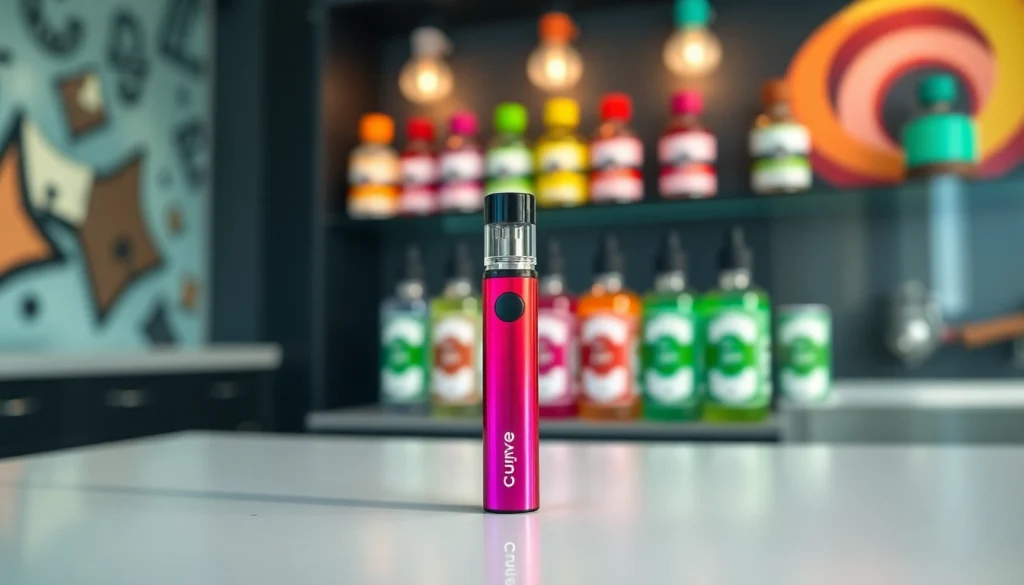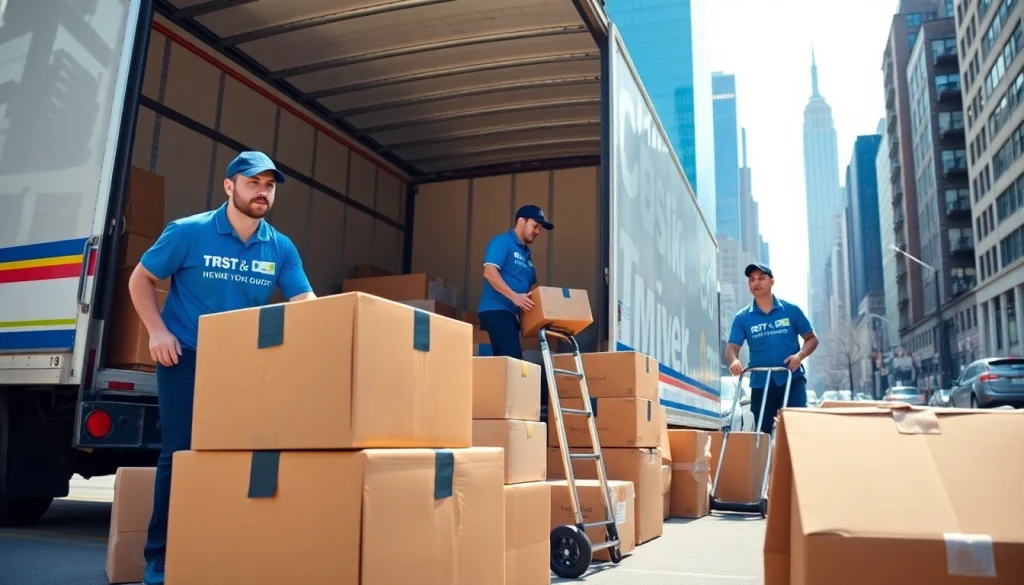Experience the Flavorful Edge of HQD Cuvie Disposable Vapes
Understanding HQD Cuvie: An Introduction In the ever-evolving world of vaping, disposable devices have carved a niche that appeals to both seasoned vapers and newcomers alike. Among these, the HQD Cuvie stands out as a reliable option due to its user-friendly design and diverse flavor offerings. This article aims to explore the various facets of the HQD Cuvie, ensuring that readers are well informed about this particular disposable vape option. What is HQD Cuvie? The HQD Cuvie is a disposable e-cigarette designed for convenience and performance. It’s a compact device that comes pre-filled with high-quality e-liquid and is equipped with a built-in battery, eliminating the need for refills or recharging. With a focus on ease of use, the HQD Cuvie targets users looking for a hassle-free vaping experience without compromising on flavor or satisfaction. These devices cater to a variety of preferences, featuring nicotine salts that provide a smooth throat hit and a variety of flavors that excite the palate. Key Features of HQD Cuvie Several standout features make the HQD Cuvie a popular choice among vapers: Pre-filled E-liquid: Each device comes pre-loaded with quality e-liquid, ready for immediate use right out of the packaging. User-friendly Design: With a draw-activated mechanism, users only need to inhale to engage the device, making it perfect for newcomers. Variety of Flavors: The HQD Cuvie is available in numerous flavors, appealing to a wide spectrum of user preferences. Portable Size: Its compact nature ensures it’s easy to carry in pockets or bags, making it a convenient option for on-the-go use. Nicotine Salts: The e-liquids include nicotine salts, allowing for quicker nicotine absorption and a satisfying vaping experience. Benefits of Using HQD Cuvie The HQD Cuvie offers various benefits that enhance the vaping experience: Convenience: Being disposable, it eliminates the need for maintenance—no need to worry about charging or refilling. Cost-Effective: For those who want to try vaping without a hefty investment, disposable vapes such as the HQD Cuvie come at a reasonable price point. Discreetness: Its small size and draw-activated design allow for a more discreet vaping experience compared to more cumbersome devices. Wide Availability: HQD Cuvie devices are readily available through various online and local retailers, making them accessible to a broad audience. Flavorful Experience: Users can enjoy vibrant flavors that enhance their vaping experience, whether it’s fruity, dessert-like, or menthol varieties. Flavors and Variants of HQD Cuvie A significant part of what makes the HQD Cuvie appealing is the range of flavors available. This ensures that users can find the perfect match for their taste preferences. Popular Flavors Available Immediate flavor choices that vapers can find include: Mint: A refreshing option for those who enjoy cool and mentholated experiences. Fruit Flavors: Varieties like watermelon, strawberry, and grape appeal to those who prefer a sweet touch. Dessert Flavors: Options like vanilla custard and chocolate can satisfy cravings for something nostalgic or indulgent. Citrus Fruits: Flavors such as lemon and lime offer a zesty punch that can invigorate the vaping experience. Mixed Flavors: Complex options that combine various flavor notes, giving users a unique tasting adventure. Flavor Profiles and Preferences Understanding flavor profiles is crucial for users to make informed choices when selecting their HQD Cuvie flavor. Each flavor has its profile crafted to deliver a particular sensation: Sweetness: Fruit flavors typically incorporate sweet notes that appeal to users with a sweet tooth. Cool Sensation: Mentholated flavors provide a cooling effect, making them ideal for vapers looking for something refreshing. Richness: Dessert flavors often have a creamy richness that mimics actual desserts, appealing to those who crave indulgent tastes. Zesty and Tart: Citrus-based flavors introduce more acidity, which can be refreshing and wake up the senses, perfect for daytime use. Choosing Your Ideal HQD Cuvie Flavor Choosing the right flavor involves personal preferences and experimentation. Here are some tips on how to pick: Start with Popular Flavors: Opt for flavors that are commonly favored by other users to gauge what might be enjoyable. Mix and Match: If you’re unsure, consider trying different flavors to identify what resonates best with your palate. Consider Occasion: Some flavors may be better suited for specific times—for instance, fruity flavors could be refreshing during summer. Read Reviews: User reviews can often provide insights into what to expect from a specific flavor. Using HQD Cuvie: Best Practices To maximize the enjoyment of their HQD Cuvie, users should adhere to certain best practices regarding usage and maintenance. How to Properly Use HQD Cuvie Using the HQD Cuvie is straightforward. Follow these simple steps for optimal use: Unbox the Device: Remove the HQD Cuvie from its packaging. Start Vaping: Simply inhale through the mouthpiece to activate and start the vaping experience. Monitor Usage: Pay attention to your usage to know when it’s time to dispose of the device. Maintenance Tips for HQD Cuvie Although disposable devices are low-maintenance, users should still observe the following tips: Store Properly: Keep the HQD Cuvie in a cool, dry place to ensure the best performance. Avoid Excessive Heat: High temperatures can affect e-liquid quality and flow; ensure it’s stored correctly. Dispose Responsibly: Follow local regulations regarding e-waste disposal to ensure environmental compliance. Avoiding Common Mistakes with HQD Cuvie Users can prevent issues by avoiding common pitfalls: Don’t Force the Device: If you experience difficulty inhaling, check if the device is functioning correctly and avoid excessive force. Avoid Mixing Flavors: Stick with one flavor per device to ensure a consistent experience. Be Mindful of the Battery Life: Discard the device after use to prevent draining the battery unnecessarily. Comparing HQD Cuvie with Other Disposable Vapes The HQD Cuvie holds its ground well when compared to other disposable vape options on the market. Here’s a comprehensive look at how it stacks up based on various metrics. HQD Cuvie vs. Other Brands When comparing HQD Cuvie to other brands’ disposable offerings, both quality of flavor and user experience often take center stage: Flavor Quality: Many users find that HQD Cuvie’s flavor profiles deliver superior taste compared to many









